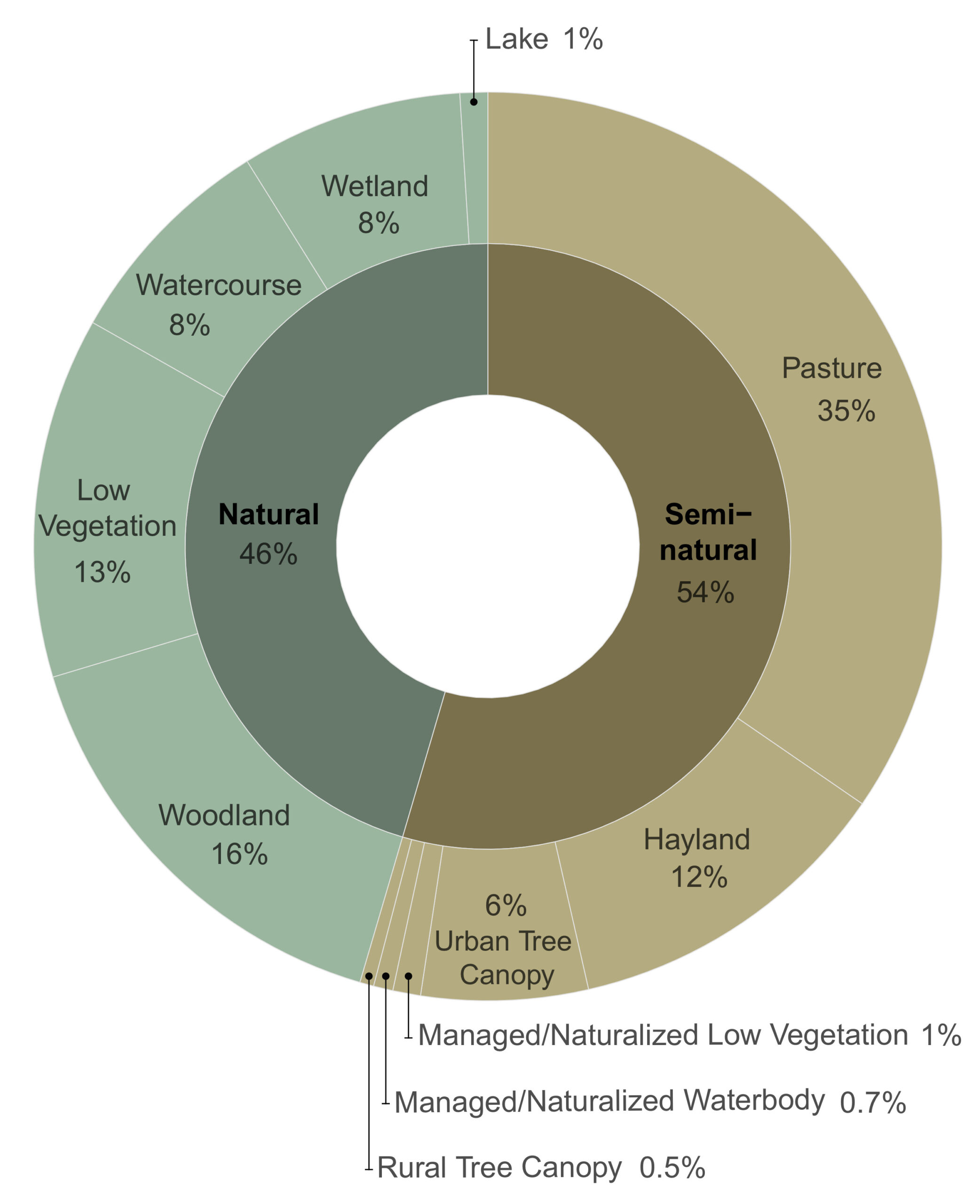Municipalities rely on engineered assets—such as roads, storm water detention ponds, and water treatment plants—to deliver public services. While engineered assets are essential to the safe and efficient operation of a municipality, there is increasing recognition of municipal assets beyond engineered structures—including natural assets like trees, soil, and wetlands.
Like engineered assets, natural assets provide important services to citizens. For example, wetlands store water, improve water quality, and moderate climate through carbon storage. Vegetation, such as trees, regulates local microclimates and reduces urban heat island effects, thereby improving physical health.
Despite the significant contribution that ecosystems make to the health, well-being, and sustainability of communities, the ecological, social, and economic value of natural assets is rarely assessed or captured in municipal asset management systems. This is because many municipalities do not have a current or comprehensive inventory of their natural assets, and reliable data that can be used to assign an economic value to municipal natural assets is often lacking.
The objective of this study was to develop a comprehensive inventory of natural and semi-natural assets within the Town, and to assign a condition score and monetary value to each asset, such that these assets could be tracked within the Town’s existing Asset Management System.
In order to identify and map natural and semi-natural assets, our team first had to create a natural area land cover for the Town of Okotoks. We also developed a natural asset classification schema that was used to assign natural habitats into an asset class. This natural asset inventory was then used as the basis for developing monetary estimates for seven key ecosystem services that were identified in collaboration with the Town as being important to the well-being of citizens.
In order to demonstrate how the inventory could be used to help support decision making, a scenario analysis was completed for a recently approved neighbourhood development that illustrated how ecosystem service values were predicted to change under the future development state. Finally, the report included an analysis of existing municipal policy, outlined gaps and opportunities in the Town’s current approach to securing and managing natural areas, and outlined recommendations for how to address those gaps.
This project was the first of its kind in Alberta, and received the Canadian Association of Municipal Administrators’ Environment Award in 2021.
